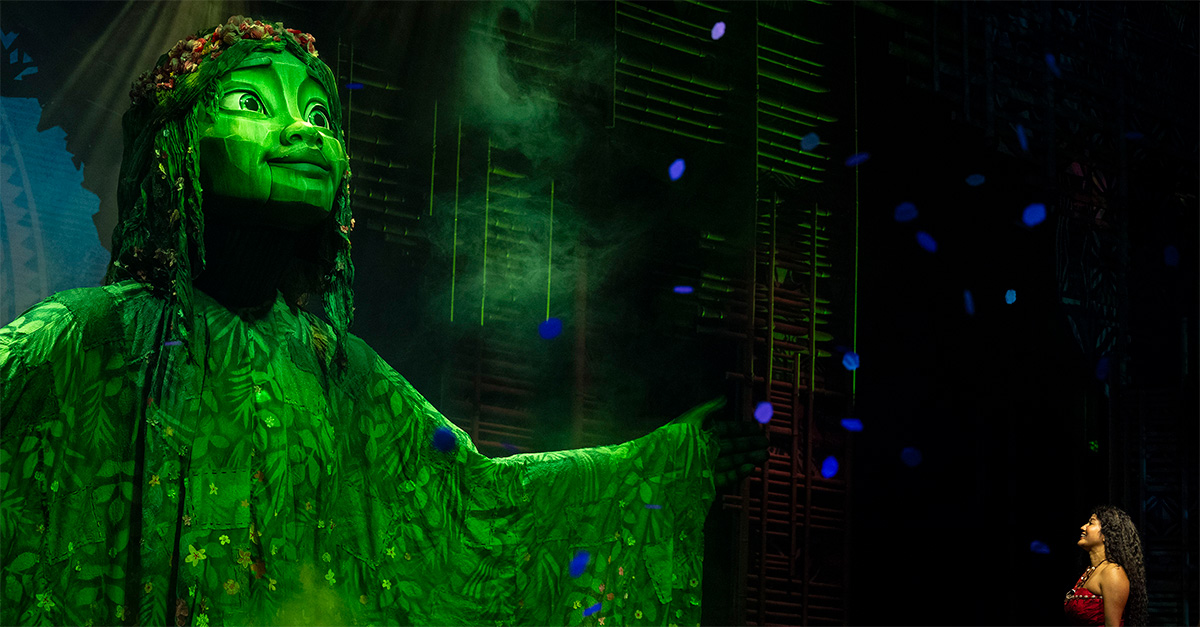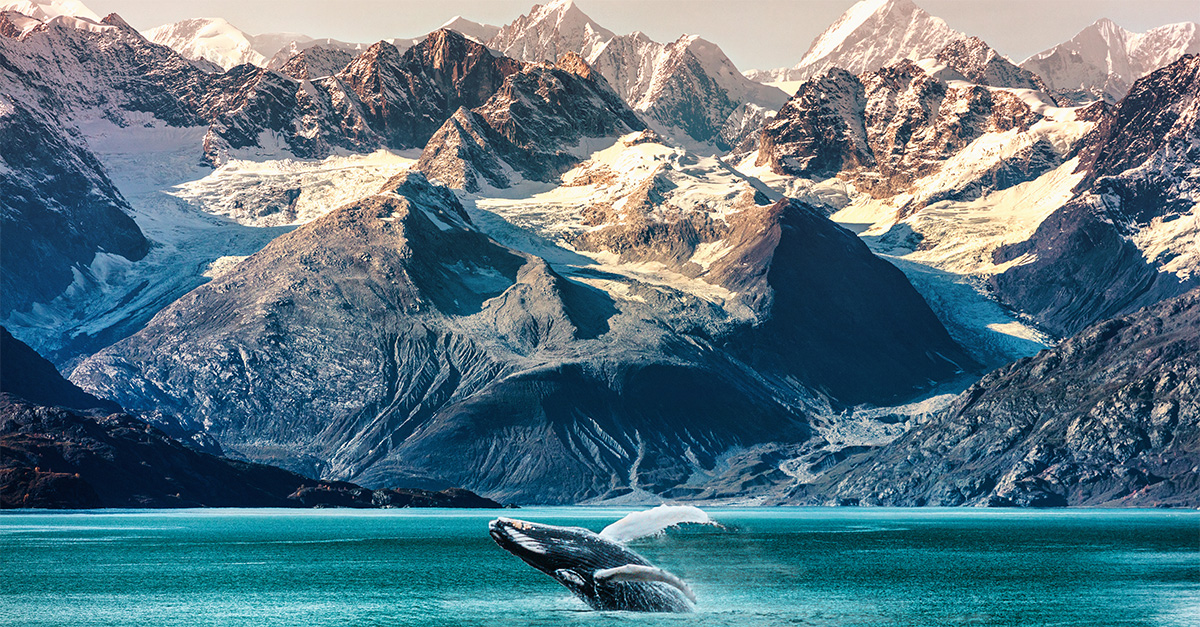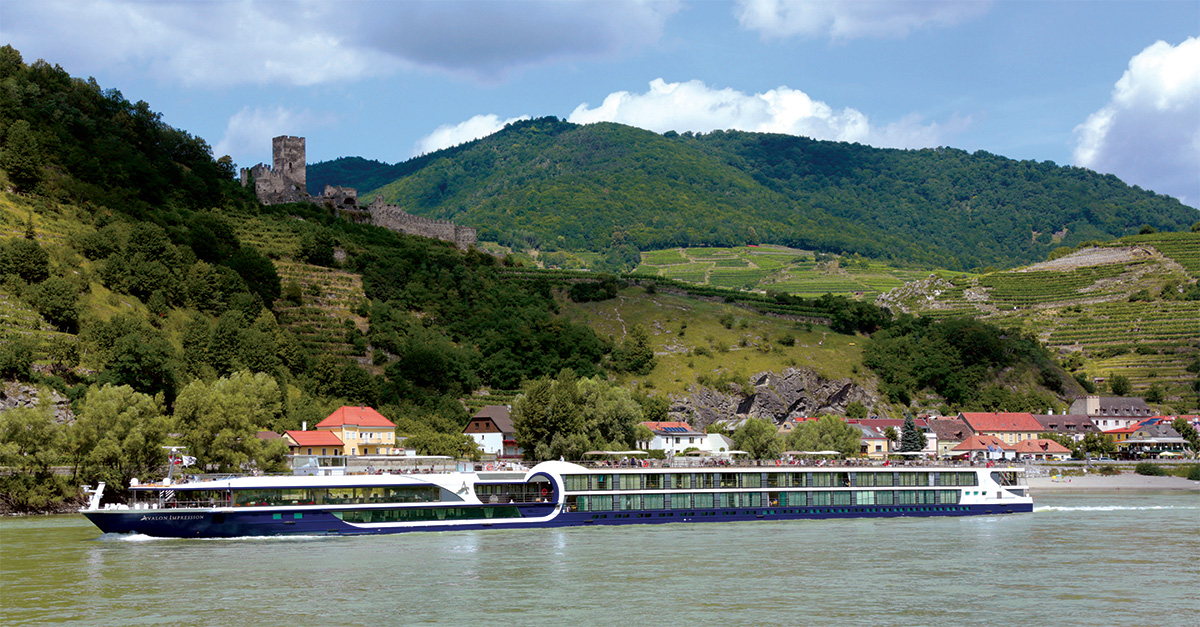Syria is among the most intriguing destinations in the Middle East, and certainly among the safest.
But that is not the common perception, which means the country has been largely off the tourist map from the UK. With this point in mind, nine agents and I approached a Cox & Kings fam trip to the country with more curiosity than normal.
Karen Hinz of Bath Travel in Christchurch admitted to being apprehensive about safety, saying: “People have the perception Syria is in war zone.”
Suzanne Partridge of Nomadic Travel in Exeter felt similar. “I have young children and had not been anywhere in the region, and I felt a little anxious and uneasy about going,” she says.
That was not how they felt on returning. In the words of Travel Counsellors’ Paul Neave from Midlothian: “Everyone was smitten by the country.”
However, tourist numbers from the UK remain relatively small, despite Syrian efforts to boost arrivals and significant growth in other markets, which saw 770,000 European visitors to the country last year.
Part of the problem is geographical. Syria borders Lebanon, Israel and Iraq, which can lead people to think it is a dangerous place to visit. Part of the problem is historical – Syria was part of the French empire, so French rather than English is the second language.
But mainly the problem is political. Syria remains the subject of US sanctions because of disagreement over Lebanon and Palestine, and that leads to a routine portrayal of Syria as dangerous in the media.
The reality is different. The streets are safe, the people friendly, the country beautiful and many of the sights unparalleled.
Syria has just over 100 miles of Mediterranean coast and several resorts, but it is not for the beach that people go. The real draws are the wonderful, ancient cities of Damascus and Aleppo, the desert ruins of Palmyra, extensive Roman remains and some of the world’s first cities, earliest churches, grandest mosques and greatest castles. You may even hear people speak the language of Christ – Aramaic.
This is a country where a coach trip can bring an encounter with nomadic Bedouin people or a stop to walk an exposed section of Roman road. Here is just a taste of what visitors might experience.
Damascus
Home to one quarter of Syria’s 20 million people, the capital is probably the oldest continually inhabited city in the world. The main road of the Old City is Roman, flanked for some of its length by twin rows of ancient columns, although Roman Damascus sits 15ft below.
At one end is the excavated House of Ananias, the New Testament figure who converted St Paul after he was blinded on the road to Damascus. A short distance away is the Roman gate from which Paul escaped the city.
The 8th-century Umayyad Mosque – the world’s largest – marks the city’s status as the first capital of the Muslim world. Its outer wall and the facing souk entrance incorporate the remains of Roman temples.
The National Museum of Damascus hosts the fabulous, highly decorated interior of a 3rd-century synagogue excavated in eastern Syria. There is nothing else like it in the world.
Palmyra
The remains of a Roman-era city on the trade route across the Syrian desert, Palmyra is a vast site next to the modern town of Tadmor. Some of the ruins date from the Roman sack of the city after its queen Zenoubia led a rebellion that engulfed the Middle East and Egypt.
The open access can be disconcerting – vehicles frequently drive across the site – but the ruins are magnificent. There is even evidence of what appears to have been a steam-operated system to open a pair of massive temple doors.
Beyond the ancient city limits, a line of pre-Christian burial towers stretches into the desert in the Valley of the Tombs. Above it, a hilltop Arab castle provides fabulous views.
Aleppo
Syria’s second city, Aleppo has been inhabited for 4,000 years – making it twice as old as London – and was a centre of Greek, Roman, Byzantine and Arab culture before becoming the third city of the Ottoman Empire.
The heart of the old city is a Unesco World Heritage Site. It is dominated by a colossal citadel begun in the 10th century and its central mosque dates from just 10 years after the one in Damascus. Aleppo’s covered souk is light, airy and comfortable, offering welcome relief from the sun.
The National Museum of Aleppo displays finds from across a region that was the cradle of civilisation, including 10,000-year-old figurines and pottery, and a bead depicting a human head from 7,000BC. The history of discoveries in the region is all there, with wonderful statues and written clay tablets.
The Castles
Crac des Chevaliers is a monstrous, 12th-century crusader fortress – one wall is nearly 100ft thick – within striking distance of Syria’s third city Homs and among the most important medieval castles in the world.
It fell to the Kurdish-born Salah Ed-Din, who expelled the crusaders. The impregnable Citadel of Salah Ed-Din, inland from the city of Latakia, sits on a ridge between two ravines.
Other sights
Ma’loula: An hour by road from Damascus, the hillside village of Ma’loula retains a population who speak Aramaic, the language of Christ’s time.
The 3rd-century monastery of St Sergius has an entrance barely three feet high at the foot of a steep staircase, a reminder of a period when Christianity was rebellious and repressed. Visitors may be lucky enough to hear the Lord’s Prayer in Aramaic.
Ugarit: A Bronze Age city, 3,500 years old and contemporary of Troy, just 15 minutes drive from Lataki. Ugarit appears to be the source of the first alphabet.
St Simeon Stylites: Ruined 5th-century church 45 minutes from Aleppo commemorating a hermit monk who spent 37 years living atop a pillar.
Dead cities: Scattered across the Aleppo region are more than 600 ruined towns dating from the Byzantine period. We visited Serjilla, which was deserted perhaps 1,500 years ago but conveys a sense its 10,000 people left only recently. Syrian tour guides speculate on the cause of the abandonment, but it appears the blame lies with the loss of the region’s soil.
Agent reactions
 I was bowled over. Syria is one of the best places I’ve been and not what I expected at all. People were so open and friendly. The infrastructure was modern. The itinerary was fantastic. The food was ace. There was no hard sell in the souks – not like destinations where there is a constant barrage.
I was bowled over. Syria is one of the best places I’ve been and not what I expected at all. People were so open and friendly. The infrastructure was modern. The itinerary was fantastic. The food was ace. There was no hard sell in the souks – not like destinations where there is a constant barrage.
“People think Syria is dangerous and will not be well organised, yet it is really safe. I am definitely going to go back.
“It would suit couples or travellers in their late 30s to 50s who have been touring and have a bit of money.”
Paul Neave, Travel Counsellors, Midlothian
 Syria was amazing – nothing like I thought. I was apprehensive about safety because of where it is and thought it would be barren and unfriendly. But people could not have been more friendly. There would be no problem walking around on your own in Damascus at night.
Syria was amazing – nothing like I thought. I was apprehensive about safety because of where it is and thought it would be barren and unfriendly. But people could not have been more friendly. There would be no problem walking around on your own in Damascus at night.
“The history is mind-boggling. I loved it. The food is really good and the converted riad-style houses are gorgeous.
“I’m gutted I’ve not sent anyone to Syria since. People are interested, but just won’t consider it. Damascus city breaks would be the way to get people there. I would go back like a shot for a holiday. There was nothing I didn’t like.”
Karen Hinz, Bath Travel, Christchurch, Dorset
 It was a surprise how accessible Syria is and how charming the people are. It was brilliant. My lasting memories are of the archaeological sites, but I so enjoyed meeting people.
It was a surprise how accessible Syria is and how charming the people are. It was brilliant. My lasting memories are of the archaeological sites, but I so enjoyed meeting people.
“Syria would suit clients in middle age or older who are clocking up experiences – people not bothered about lying on a beach, who want to understand the history and culture of a place. The country is very rewarding.”
John Allan, John Allan Travel, Didcot, Oxfordshire
Cox & Kings in Syria
Cox & Kings has featured Syria for years, but has seen a leap in bookings since 2007.
Agency sales manager Catherine Baer says: “Syria is selling well off the back of Jordan, but we are struggling for available accommodation. We only use the best, so the selection is narrow.”
A growing number of traditional houses or former palaces, renovated to high standards, are available in old Damascus and Aleppo, providing distinctive rooms.
For example, clients might be interested in the Talisman Hotel in Damascus, which has a pool in its central courtyard, or in the beautiful Al Mansouriya Palace Hotel in a restored 16th-century house in Aleppo.
But there is a growing number of bigger hotels, such as the Four Seasons Damascus, which opened in 2006, the Sheraton Aleppo, located beside an exposed section of the old city wall, and the Afamia Rotana Resort in Latakia, which opened last year.
Baer says: “We are trying to present Damascus and Aleppo as short-break destinations, but most people want to see the historic sites and take a week or 10 days. About one-third of our passengers take the Syria group tour, another third prefer the twin-centre itinerary with Jordan, and the final third want to travel independently with their own car and driver.”
Sample product
Cox & Kings offers:
- A 10-day Syria escorted group tour, Journey to Palmyra, from £1,695 per person for nine nights, based on twin-share four-star accommodation.
- An eleven-night, twin-centre escorted group tour combining Jordan and Syria, costs from £2,025 per person for 10 nights, based on twin-share four-star accommodation.
- A three-night break to Damascus costs from £745 per person, based on twin-share four-star accommodation.
- Contact:coxandkings.co.uk, 020 787 35000
Audley Travel, Bales Worldwide and Kuoni also offer Syria. BMI operates direct flights to Damascus from Heathrow.




